The 2025 Yankees offense was an absolute juggernaut, topping MLB in multiple categories. New York scored 849 runs, the most in the majors (5.2 runs/game). They also led MLB with 274 home runs, out-slugging even the power-packed Dodgers (244 HR). In fact, the Yankees kicked off the season by setting a franchise record with 9 homers in a single game on March 29 and tied an MLB record with 14 homers over a two-game span in August. This long-ball barrage earned the Bronx Bombers their nickname anew, as no other team approached their home run total.
Beyond sheer power, the lineup showed patience and depth. New York drew 639 walks, by far the most in baseball, contributing to a lofty .332 team OBP (2nd in MLB). This combination of plate discipline and power yielded a .787 team OPS and 118 OPS+ (18% above league average). Essentially, the Yankees built an elite offense that excelled at getting on base and hitting for damage. It’s no surprise they averaged over five runs per game and led MLB in total bases. Several hitters had career or breakout seasons, fueling this offensive surge. Aaron Judge was the centerpiece, putting up video-game numbers: a .331 batting average (best in the AL) with 53 HR, 114 RBI, and a 1.144 OPS. He scored 137 runs and walked 124 times, an MVP-caliber campaign worth a 10.1 WAR by FanGraphs. Judge’s .331 average and 1.144 OPS both led the American League, showcasing his complete dominance at the plate. He singlehandedly accounted for a huge chunk of the Yankees’ offense, truly performing like the best player in baseball. As one analyst quipped, “.331/53/114 from Judge…he’s on another planet”.
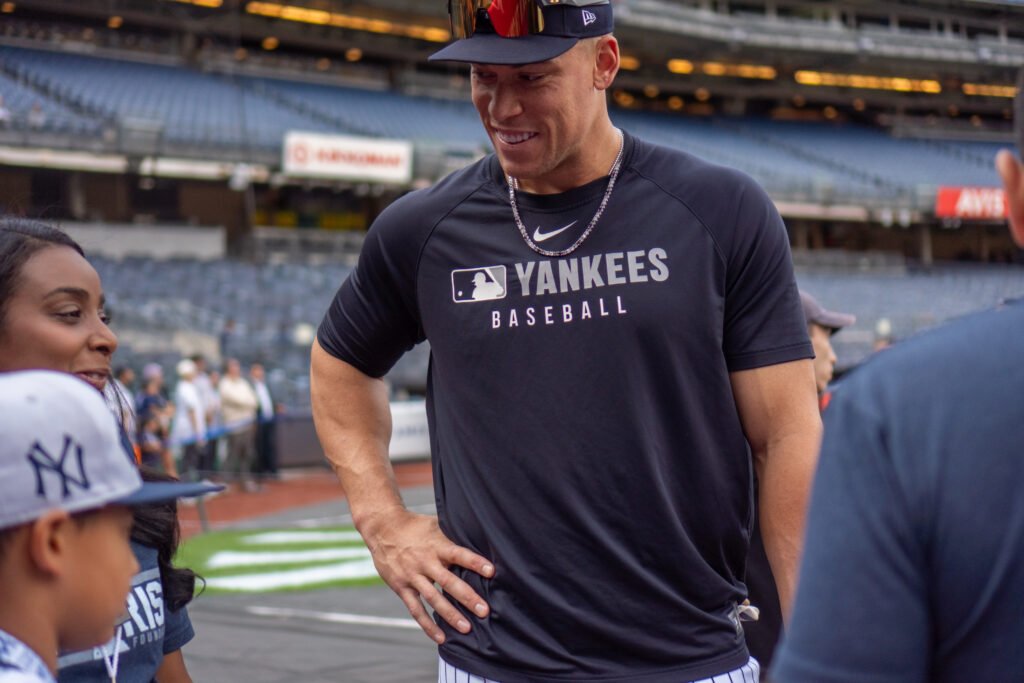
Judge was far from alone. Cody Bellinger’s resurgence was a major positive. In his first year in pinstripes, Bellinger hit .272 with 29 HR, 98 RBI, 13 SB and a 125 wRC+ (5th-best on the team). His 4.9 WAR reflected solid defense and a much-needed lefty bat in the lineup. Middle-infield spark Jazz Chisholm Jr. turned in a 30–30 season, blasting 31 home runs and stealing 31 bases. Though his average was modest (.242), Jazz posted a 126 wRC+ and 4.4 WAR, providing power-speed energy from the second base spot. Another huge surprise was Trent Grisham, who set a career high with 34 home runs and a .464 SLG despite a .235 average. Grisham’s power (129 wRC+) plus his Gold Glove-caliber defense in center yielded 3.2 WAR – a tremendous return on a player re-signed for depth.
Even the supporting cast contributed to the homer barrage. Giancarlo Stanton, in limited action (77 games due to injuries), still crushed 24 homers with a .594 SLG. Young catcher Ben Rice emerged with 26 HR, a .255 average, and .499 SLG in 138 games. Paired with Austin Wells (21 HR), the two young catchers combined for 47 home runs, an extraordinary total from the catcher position. In fact, Rice posted a 133 wRC+ and Wells had 21 HR as a rookie the year prior, indicating the Yankees suddenly boasted serious power from behind the plate. Anthony Volpe only hit .212, but even he chipped in 19 HR and 18 steals, showing the lineup’s one-through-nine power threat. This deep and patient lineup made the Yankees the #1 offense in MLB. First in runs, first in homers, and second in OBP. It was a return to Bronx Bombers form.
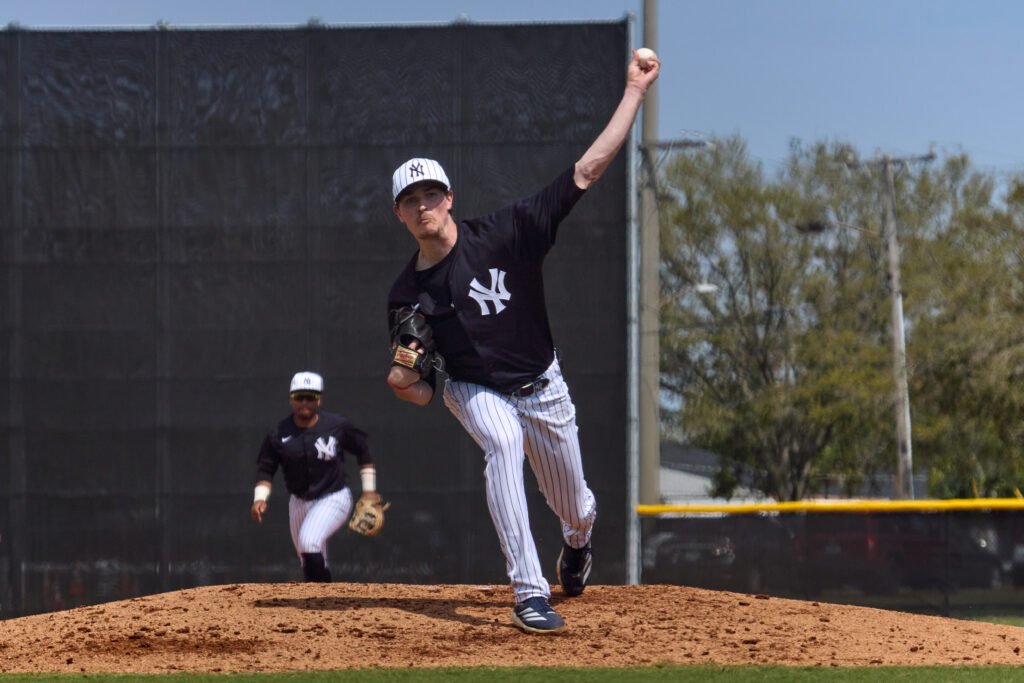
On the mound, the top of the Yankees’ rotation was dominant, giving the team a chance to win every five days. During the offseason, New York added left-hander Max Fried on a $218 million deal, and he delivered as advertised. Fried went 19–5 with a 2.86 ERA over 32 starts. He logged 195.1 innings, struck out 189, and anchored the staff with Cy Young-caliber numbers. Meanwhile, Carlos Rodón bounced back from an injury-marred 2024 and turned in an 18–9 record with a 3.09 ERA in 33 starts. Rodón also pitched 195+ innings and fanned 203 batters, giving the Yankees a pair of workhorse aces. The duo each finished among AL leaders in wins and ERA, a formidable 1–2 punch in the absence of staff ace Gerrit Cole.
The impact of having two aces showed in the stats. The Yankees allowed just a .229 opponents’ batting average, second-best in MLB (only the Padres were lower). Hitters managed only 1,239 hits off New York pitching all year, indicating how hard it was to square up their arms. Fried’s and Rodón’s ability to miss bats set the tone, overall the staff struck out 1,440 batters, fourth-most in MLB. In many games, the Yankees could count on 6–7 strong innings from their ace and double-digit strikeouts. Both lefties were workhorses as well, each nearing 200 innings, which eased the bullpen burden. It’s telling that the Yankees were 14th in team ERA (3.91) but 2nd in opponent average. When the top starters were on the mound, the run prevention was often excellent; a mid-season blip (covered later) skewed the overall ERA upward.
Backing up the aces, some young arms stepped up. Rookie right-hander Will Warren won the #3 starter job and made 33 starts, going 9–8 with a serviceable 4.44 ERA. While league-average, Warren ate 162.1 innings and struck out 171, showing promise as a mid-rotation arm. Fellow youngster Luis Gil returned from injury mid-season to post a 3.32 ERA in 11 starts, providing a spark when the rotation needed depth. And 23-year-old Cam Schlittler impressed in 14 late-season starts with a 2.96 ERA, a huge boost down the stretch. These contributions were crucial given injuries elsewhere (for instance, Clarke Schmidt made only 14 starts before hitting the IL). What went right was the Yankees’ pipeline producing competent starters to fill in, preventing a free-fall when veterans went down. By postseason, Schlittler was even trusted as the Yankees #3 starter in October.
The bullpen also had its share of success stories. At the trade deadline, the Yankees fortified the bullpen by acquiring All-Star closer David Bednar from the Pittsburgh Pirates, and he was lights-out: a 2.19 ERA with 10 saves in 22 appearances. Bednar teamed with holdover relievers like Tim Hill (3.09 ERA in 70 games) and Fernando Cruz (3.56 ERA) to stabilize the late innings. Even swingman Luke Weaver continued to be contributor (even with declining numbers from 2024), posting a 3.62 ERA and 8 saves in a fireman role. For much of the year, the Yankees’ pen ranked top-5 in ERA. They recorded 43 saves in total, converting most late leads. Though the opening day closer, Devin Williams, struggled (more on that later), others picked up the slack. In particular, Bednar’s arrival and Camilo Doval (acquired late from the San Francisco Giants) gave the Yankees two high-octane arms for the playoffs. In summary, the pitching “went right” at the top: two ace-caliber starters leading the rotation, and key relievers (especially post-deadline) anchoring the bullpen. When combined with the league-best offense, it’s clear why the Yankees won 94 games.
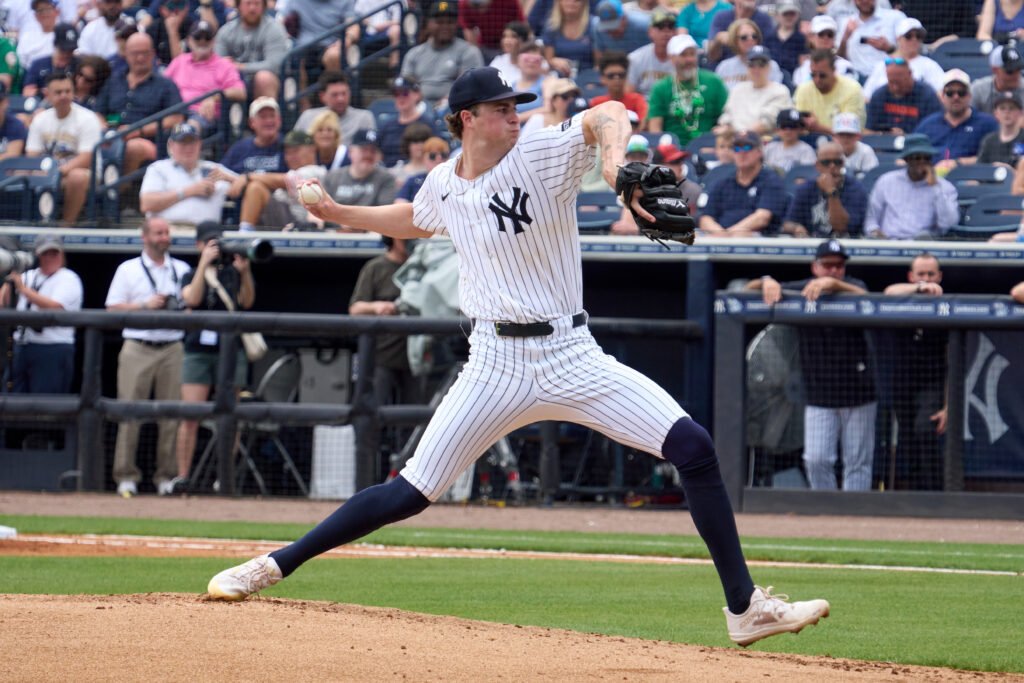
Despite some bumps, the Yankees showed resilience, securing a postseason spot for the 8th time in 9 years. By late September, they clinched the top AL Wild Card with a 94–68 record (matching their 2024 mark). One of the biggest “right” moments came in the Wild Card Series: New York faced their historic rivals, the Boston Red Sox, in a best-of-three. In a tense matchup, the Yankees prevailed in three games to take the series. Notably, Game 3 was a 4–0 shutout at Yankee Stadium behind rookie Cam Schlittler’s clutch pitching (5 scoreless innings) and a barrage of homers. Winning a do-or-die Game 3 against Boston, and at home, electrified the fanbase.
There were other highlights to celebrate. Aaron Judge’s individual brilliance was a season-long highlight reel, from multi-homer games to reaching base five times in a contest, he carried the team. His performance had him neck-and-neck in the AL MVP race (with Seattle’s Cal Raleigh, who hit 60 HR). Max Fried emerged as a true ace in pinstripes, giving the Yankees a left-handed ace they hadn’t had since CC Sabathia’s prime. Role players flourished too: utility infielder José Caballero (acquired under the radar) hit a useful .266 in limited action and stole 15 bases in just 40 games, exemplifying the “next man up” contributions. And while prospect Jasson Domínguez didn’t explode statistically (.257, 10 HR, 23 SB), he held his own over 123 games, gaining valuable experience as a 22-year-old regular. The Yankees also embraced a more aggressive baserunning philosophy, swiping 134 bases (top 5 in MLB). Five players stole 12+ bags, led by Chisholm’s 31, a clear shift from prior years when New York lagged in steals. This indicated a positive organizational change that paid dividends in manufacturing runs beyond the homer.
Ultimately, what went right in 2025 was the re-emergence of the Yankees as a balanced powerhouse. An elite offense, front-line pitching, improved athleticism (speed/defense), and mid-season reinforcements combined to keep the Yankees among baseball’s elite. They overcame the loss of division footing to still make a playoff run. The Wild Card triumph and a roster loaded with star performances (Judge’s MVP-caliber year, Fried’s ace turn) are enduring positives. These strengths provided a foundation that, in many ways, carried the team through its rough patches, and those rough patches are the flip side of the coin, to be examined next.
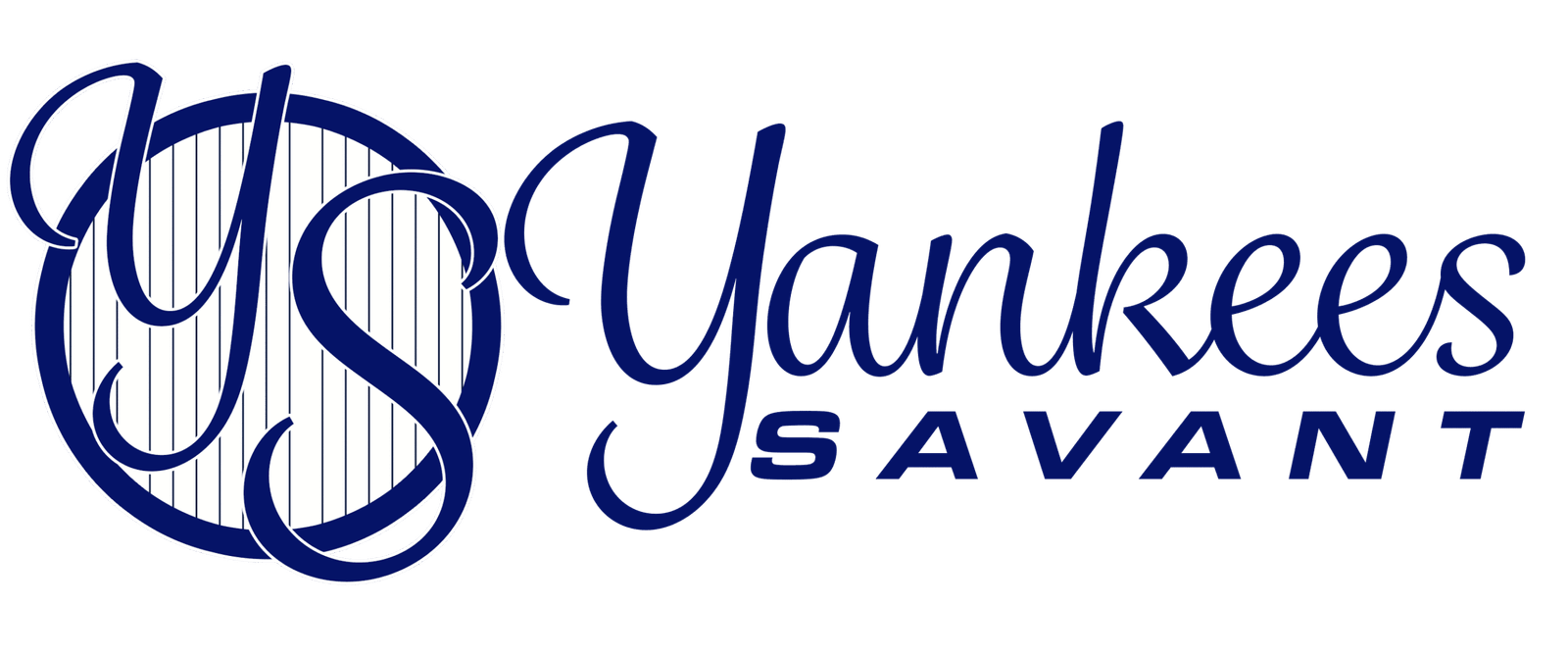
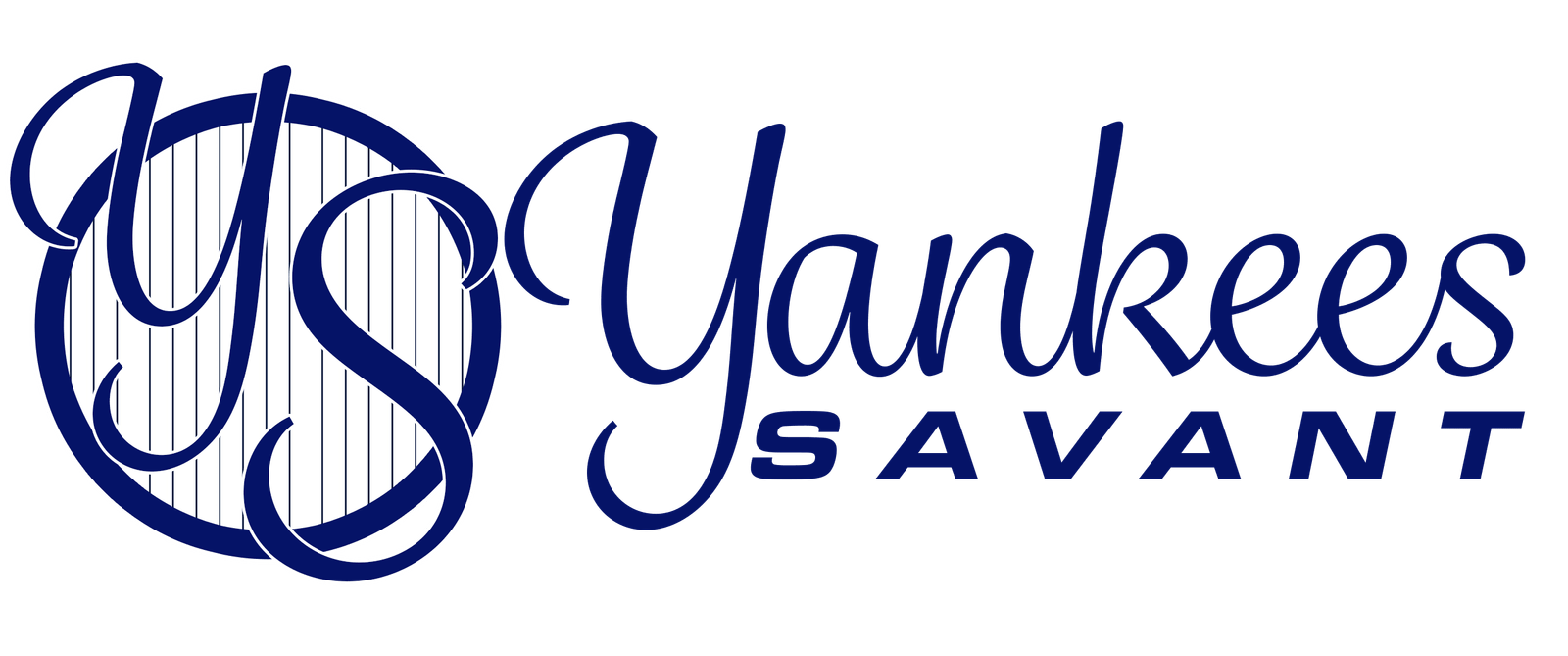
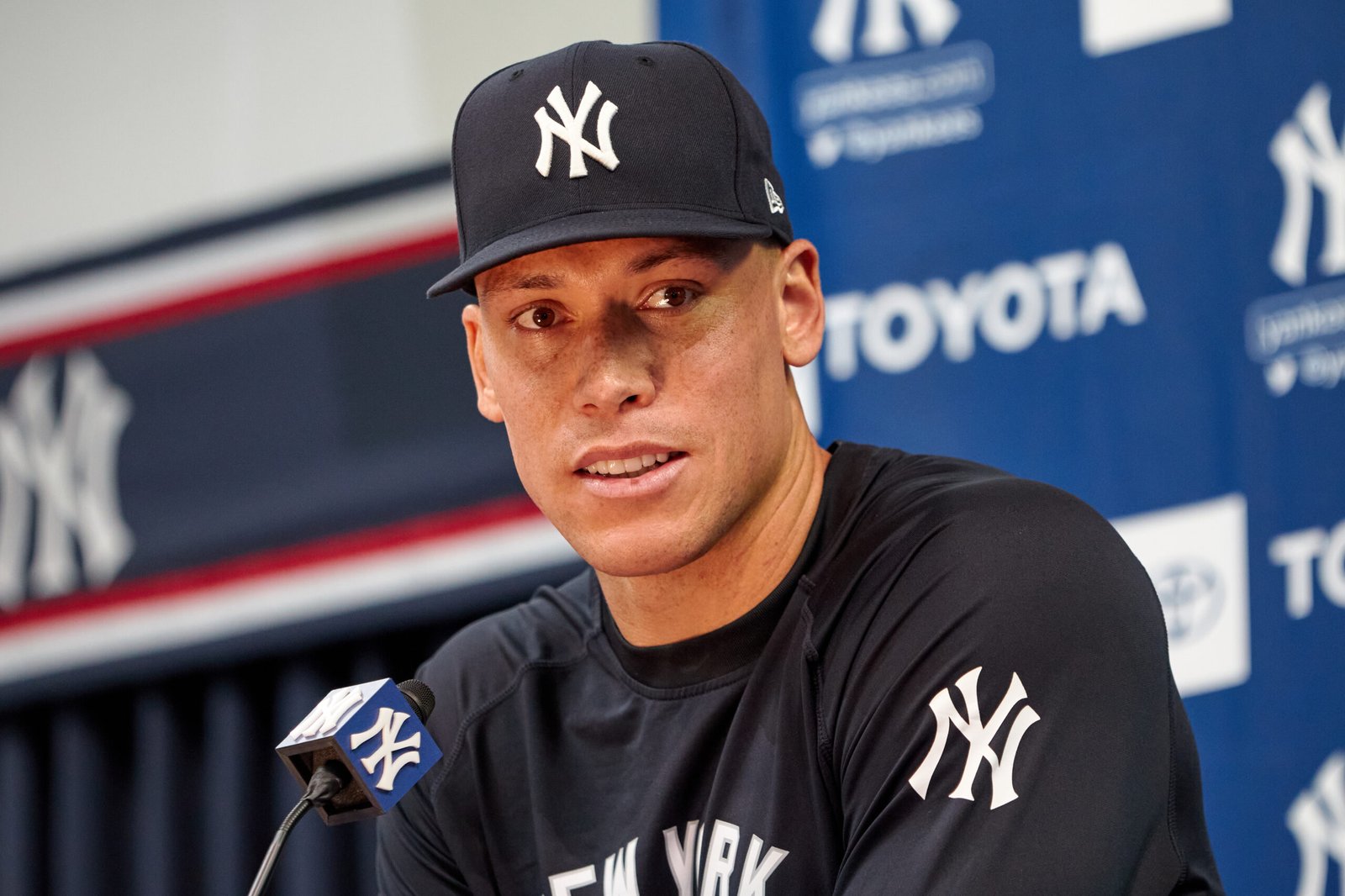
No responses yet